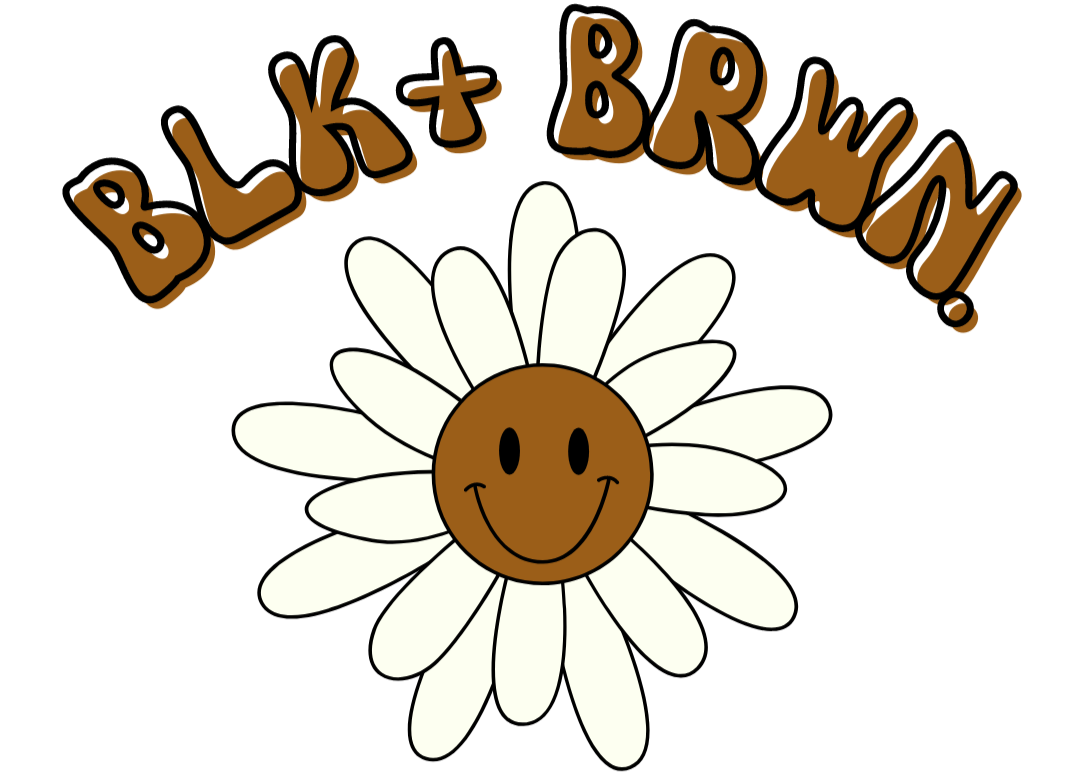From Pronouns.org
In English, whether we realize it or not, people frequently refer to us using pronouns when speaking about us. Often, when speaking of a singular human in the third person, these pronouns have a gender implied -- such as “he” to refer to a man/boy or “she” to refer to a woman/girl. These associations are not always accurate or helpful.
Often, people make assumptions about the gender of another person based on the person’s appearance or name. These assumptions aren’t always correct, and the act of making an assumption (even if correct) sends a potentially harmful message -- that people have to look a certain way to demonstrate the gender that they are or are not.
Using someone’s correct personal pronouns is a way to respect them and create an inclusive environment, just as using a person’s name can be a way to respect them. Just as it can be offensive or even harassing to make up a nickname for someone and call them that nickname against their will, it can be offensive or harassing to guess at someone’s pronouns and refer to them using those pronouns if that is not how that person wants to be known.
Pronouns
-
She / Her / Hers
Typically associated with feminine presenting and identifying women.
“She is a writer and wrote that book herself. Those ideas are hers. I like both her and her ideas.”
-
He / Him / His
The pronoun itself does not necessarily indicate gender, even though culturally "he" tends to be associated with men and masc. identifying people.
“He is a writer and wrote that book himself. Those ideas are his. I like both him and his ideas.”
-
They / Them
a person who goes by "they" could actually be a man, a woman, both, neither, or something else entirely.
“They are a writer and wrote that book themself. Those ideas are theirs. I like both them and their ideas.”
-
Ze / Hir or Ze / Zir
A person who goes by "ze" could actually be a man, a woman, both, neither, or something else entirely.
Ze/hir example: “Ze is a writer and wrote that book hirself. Those ideas are hirs. I like both hir and hir ideas.”
Ze/zir example: “Ze is a writer and wrote that book zirself. Those ideas are zirs. I like both zir and zir ideas.”
Lesbian. Usually refers to a woman who has a romantic and/or sexual orientation toward women. Some nonbinary people also identify with this term.
Traditional/Queer. A multi-faceted word that is used in different ways and means different things to different people. 1) Attraction to people of many genders. 2) Don’t conform to cultural norms around gender and/or sexuality. 3) A general term referring to all non-heterosexual people. Some within the community, however, may feel the word has been hatefully used against them for too long and are reluctant to embrace it.
Gay. Used in some cultural settings to represent men who are attracted to men in a romantic, erotic and/or emotional sense. Not all men who engage in same-gender sexual behavior identify as gay, and as such this label should be used with caution.
Bisexual. A person who experiences sexual, romantic, physical, and/or spiritual attraction to more than one gender, not necessarily at the same time, in the same way, or to the same degree.
Transgender. A person whose sense of personal identity or gender does not correspond to the sex they were assigned at birth, or does not conform to gender stereotypes. Sexual orientation varies and is not dependent on gender identity.
Asexual. A person who experiences little or no sexual attraction to others and/or a lack of interest in sexual relationships/behavior. They may or may not experience emotional, physical, or romantic attraction. Asexuality differs from celibacy in that it is a sexual orientation, not a choice. People who are asexual may call themselves ace.
Non-Binary. A person whose gender identity does not fall within the binary genders of man or woman.
Two-Spirit. Refers to a person who identifies as having both a masculine and a feminine spirit, and is used by some Indigenous people to describe their sexual, gender and/or spiritual identity









